
How to Cut Back, Clean Up & Prep Your Landscape for Winter — And Set It Up for Spring Success
Published: 13/11/2025 | Updated: 13/11/2025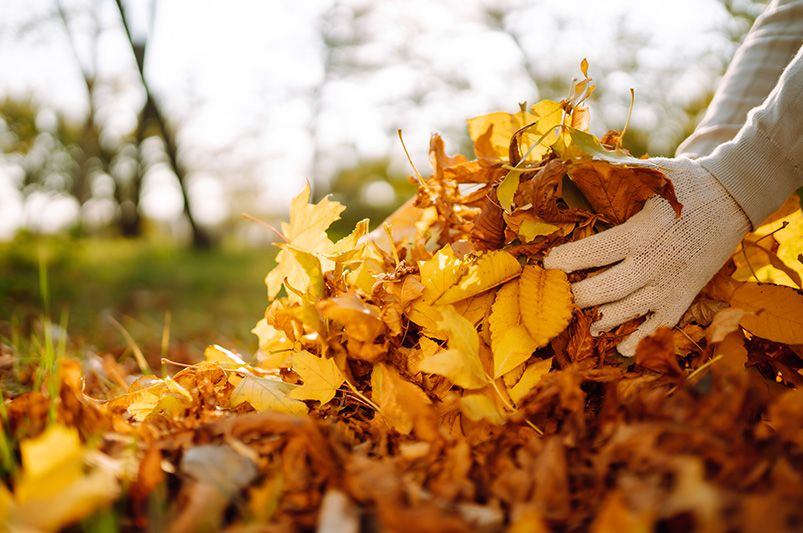
As temperatures drop and daylight gets shorter, your landscape begins shifting into dormancy. But even though your plants are slowing down, your work as a homeowner isn’t done quite yet.


Proper winter prep is one of the smartest investments you can make in your yard. Why?
Because everything you do now — cutting back dead growth, cleaning beds, refreshing mulch, and protecting your soil — directly impacts how healthy, colorful, and thriving your garden will be in the spring.
This guide walks you step-by-step through the essential tasks every homeowner should tackle before winter truly sets in. Whether you want stronger perennials, fewer pests, lusher spring growth, or simply a healthier landscape overall… you're in the right place.
Why Winter Prep Matters More Than Homeowners Think
Landscaping isn’t just about what you see above the soil — it’s about the foundation you're protecting underneath.
Here’s what winter prep does for your yard:
-
Strengthens root systems so plants bounce back faster
-
Minimizes disease and fungal spread over the dormant months
-
Prevents pests from overwintering in hidden debris
-
Reduces freeze damage in young shrubs and trees
-
Keeps soil structure intact through temperature swings
-
Improves spring bloom and foliage quality
Simply put:
A well-prepped winter landscape leads to a dramatically better spring landscape.
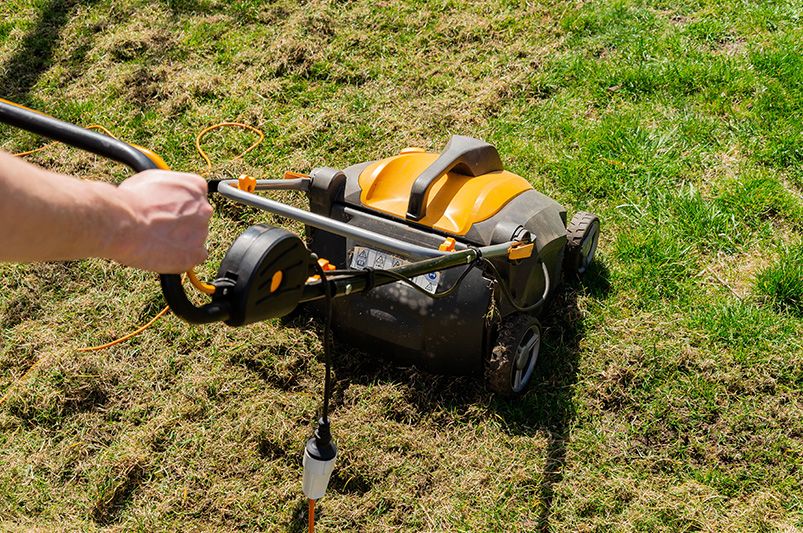
1. Final Lawn Care Before Winter Sets In
Even if you're mentally “done” with yard work, your lawn still needs a few finishing touches to head into winter strong.
Aerate the Soil
Before the ground freezes, aerating allows:
-
Better oxygen flow
-
Deeper water penetration
-
Improved nutrient absorption
This is especially important if your lawn experienced heavy foot traffic or compaction during summer.
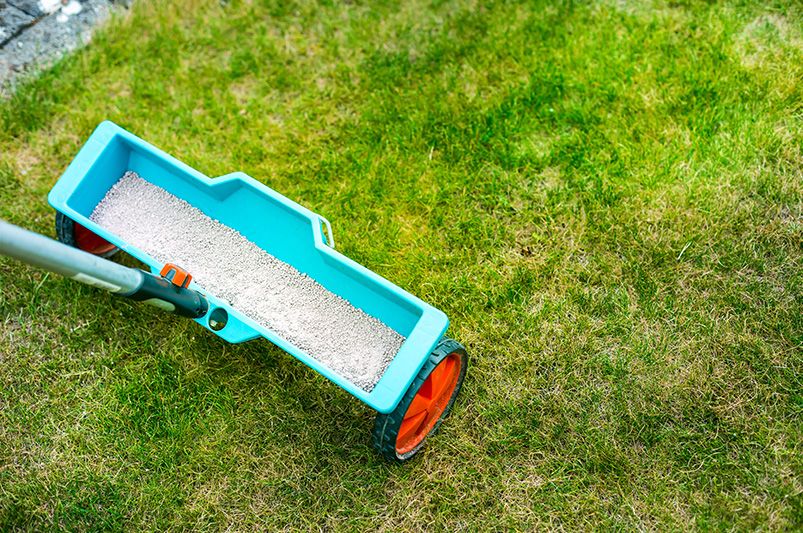
Apply a Fall Fertilizer
Choose a fertilizer that’s high in phosphorus, which helps strengthen root systems during dormancy. Your lawn won’t be growing above the soil — but below it, roots are still actively developing.
Do a Final Mow (Shorter Than Usual)
A shorter final mow helps:
-
Prevent snow mold
-
Reduce rodent nesting
-
Keep your lawn from matting under heavy snowfall
Just don’t cut it too short — aim for about 2–2.5 inches.
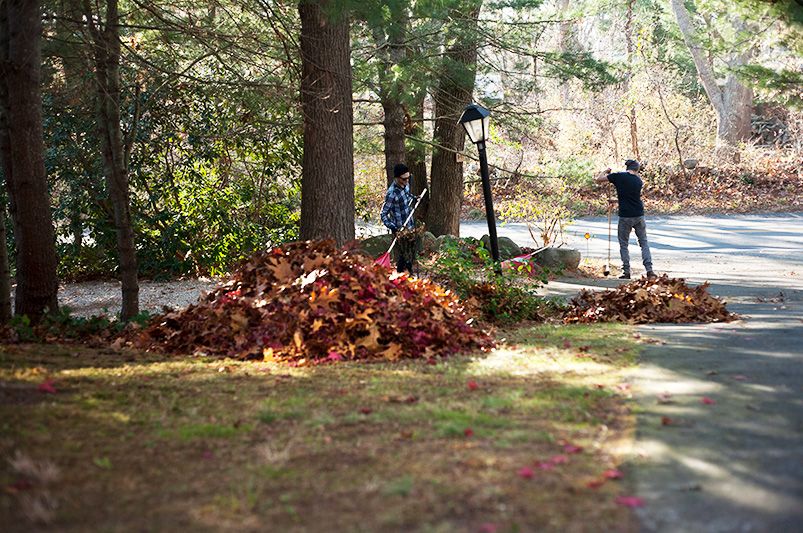
Rake and Remove Fallen Leaves
Left sitting, leaves:
-
Smother your lawn
-
Trap moisture
-
Create mold pockets
-
Invite overwintering pests
If you live in a warmer region, grass may keep growing slowly. In that case, continue light mowing and edging once a month to keep things fresh.

2. Pruning and Removing Dead Growth
Pruning isn’t just a cosmetic task — it’s essential for preventing disease and improving spring regrowth.
Tree & Shrub Pruning
Remove:
-
Dead branches
-
Diseased limbs
-
Weak, crossing branches
-
Limbs likely to break under ice or snow
Why do this now?
Snow buildup on weak branches can cause major damage — sometimes to the plant, sometimes to your home.
Cut Back Perennials
Cut most perennials back to 2 inches above soil level, especially those that:
-
Had visible disease this season
-
Suffered from pests
-
Produce heavy foliage that traps moisture
This helps prevent overwintering insect larvae and fungal spores from surviving.

Special Example: Roses
Roses benefit from:
-
Cutting back to a few inches
-
Removing all spent blooms
-
Clearing dead stems
This keeps disease (like black spot or mildew) from lingering through winter and ensures a stronger flush next spring.
3. Garden Bed Cleanup & Disease Prevention
Garden bed cleanup is one of the most important winter prep tasks — and one that many homeowners underestimate.
Remove Debris Completely
Clear away:
-
Fallen leaves
-
Rotted stems
-
Mushy or slimy foliage
-
Mildew-covered flower heads
-
Any plant matter showing spots, blight, or mold
Leaving this behind is like rolling out the red carpet for pests and disease.
Dispose of Diseased Material (Don’t Compost It)
Diseased plant matter should be:
-
Bagged
-
Removed
-
Thrown away
Never compost diseased debris — most home compost piles don’t reach high enough temperatures to kill pathogens.
Add Preventative Protection
Applying horticultural oil in late fall helps suffocate:
-
Scale
-
Mites
-
Aphid eggs
-
Other overwintering pests
This is an eco-friendly, non-toxic way to get ahead of spring pest problems before they begin.
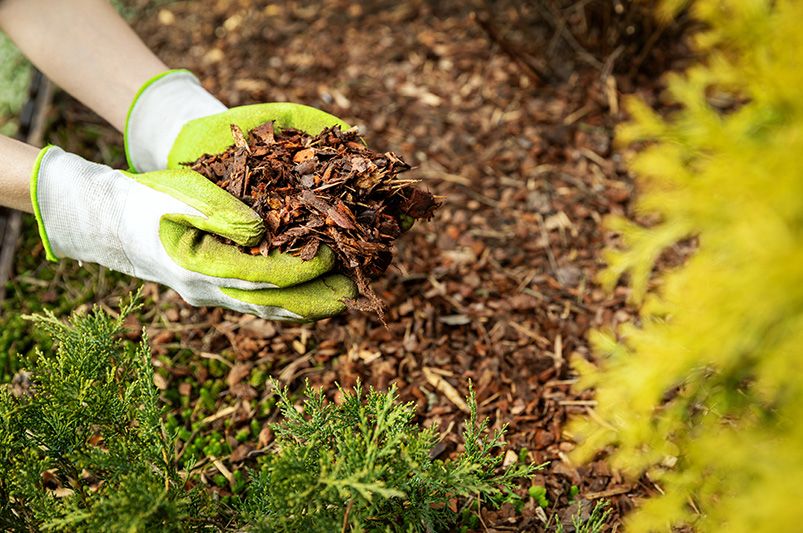
4. Mulching and Soil Protection for Winter
Mulch is one of your landscape’s best defenses against winter damage.
Why Mulch Now?
A thick layer of mulch:
-
Regulates soil temperature
-
Insulates root systems
-
Prevents freeze-thaw cycles that can heave plants out of the soil
-
Retains moisture during dry winter months
-
Blocks weed seeds from sprouting early
How to Apply It
Spread mulch around:
-
Young trees
-
Shrubs
-
Perennials
-
Overwintered vegetables
-
Exposed soil areas
Use 2–4 inches for most landscapes.
For Vegetable Beds
If you're growing winter crops like garlic or carrots:
-
Add an extra-thick layer (up to 8 inches)
-
Consider row covers
-
Use raised beds to prevent waterlogging
Healthy soil = a healthier garden in spring.
5. Protecting Tender or Vulnerable Plants
Some plants need more support than others heading into winter.
Use Burlap Wraps for Sensitive Shrubs
Ideal for:
-
Boxwoods
-
Hydrangeas
-
Newly planted shrubs
-
Evergreen shrubs prone to winter burn
Add Insulation with Compost or Straw
Cold-sensitive plants benefit from extra warmth at their base.
Consider Wind Barriers
For areas with strong winter winds, wind barriers protect plants from:
-
Desiccation
-
Breakage
-
Moisture loss
6. Final Walkthrough: Your Pre-Winter Yard Checklist
Before calling it quits for the season, walk your property and check:
-
Are all beds cleaned?
-
Have diseased plants been removed?
-
Is mulch fresh and evenly spread?
-
Are perennials properly cut back?
-
Did you aerate and fertilize the lawn?
-
Are tender shrubs protected?
-
Is irrigation winterized?
Spending a little extra time now prevents a lot of trouble later.
Conclusion: Prep Now, Bloom Bigger Later
Prepping your landscape for winter isn’t just maintenance — it’s preparation for next season’s success.
By pruning strategically, cleaning beds thoroughly, protecting your soil, and safeguarding vulnerable plants, you’re setting the stage for:
-
Healthier roots
-
Faster regrowth
-
Fewer spring problems
-
More vibrant blooms
-
A landscape that feels intentional and cared for
Your future spring garden will thank you — and trust us, it will show.
Winter Landscape Prep Checklist
A simple, homeowner-friendly guide you can print and keep on hand.
What’s inside:
-
Step-by-step winter prep checklist
-
What to prune vs. leave standing
-
Garden bed cleanup tips
-
Soil & mulch instructions
-
Spring-readiness tasks
Download the “Winter Landscape Prep Checklist” now and get your yard ready for a stunning spring transformation.
Ready for a Spring-Proof Landscape?
Let the ShrubHub design team create a completely customized landscape plan to boost curb appeal, increase functionality, and make your yard spring-ready.
Get your full 3D landscape design today!
FAQs
1. When should I start prepping my landscape for winter?
Ideally, begin when temperatures start consistently dropping into the 50s and plants naturally begin entering dormancy — usually mid-fall.
2. Should all perennials be cut back before winter?
Not all. Some perennials benefit from being left standing for winter interest or wildlife habitat. But disease-prone plants should always be cut back.
3. Can I mulch too early?
Yes. Mulch too early and you may trap warm temperatures around the roots, delaying dormancy. Wait until after the first light frost.
4. Do I need to fertilize before winter?
A fall fertilizer high in phosphorus promotes strong roots during dormancy and helps your lawn green up faster in spring.
5. What should I never compost after cleanup?
Never compost diseased foliage, fungus-covered stems, or pest-infested debris. These pathogens easily survive the winter.


